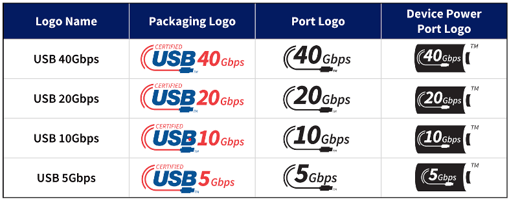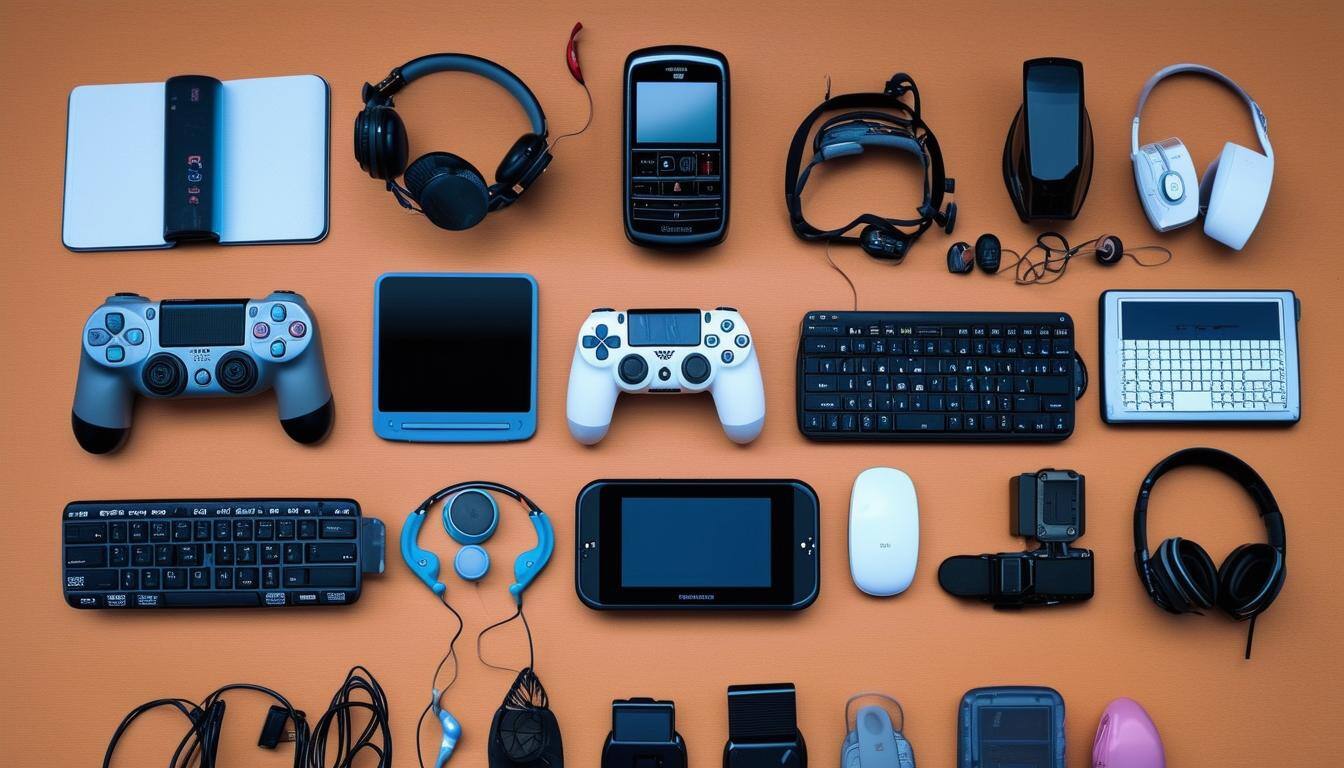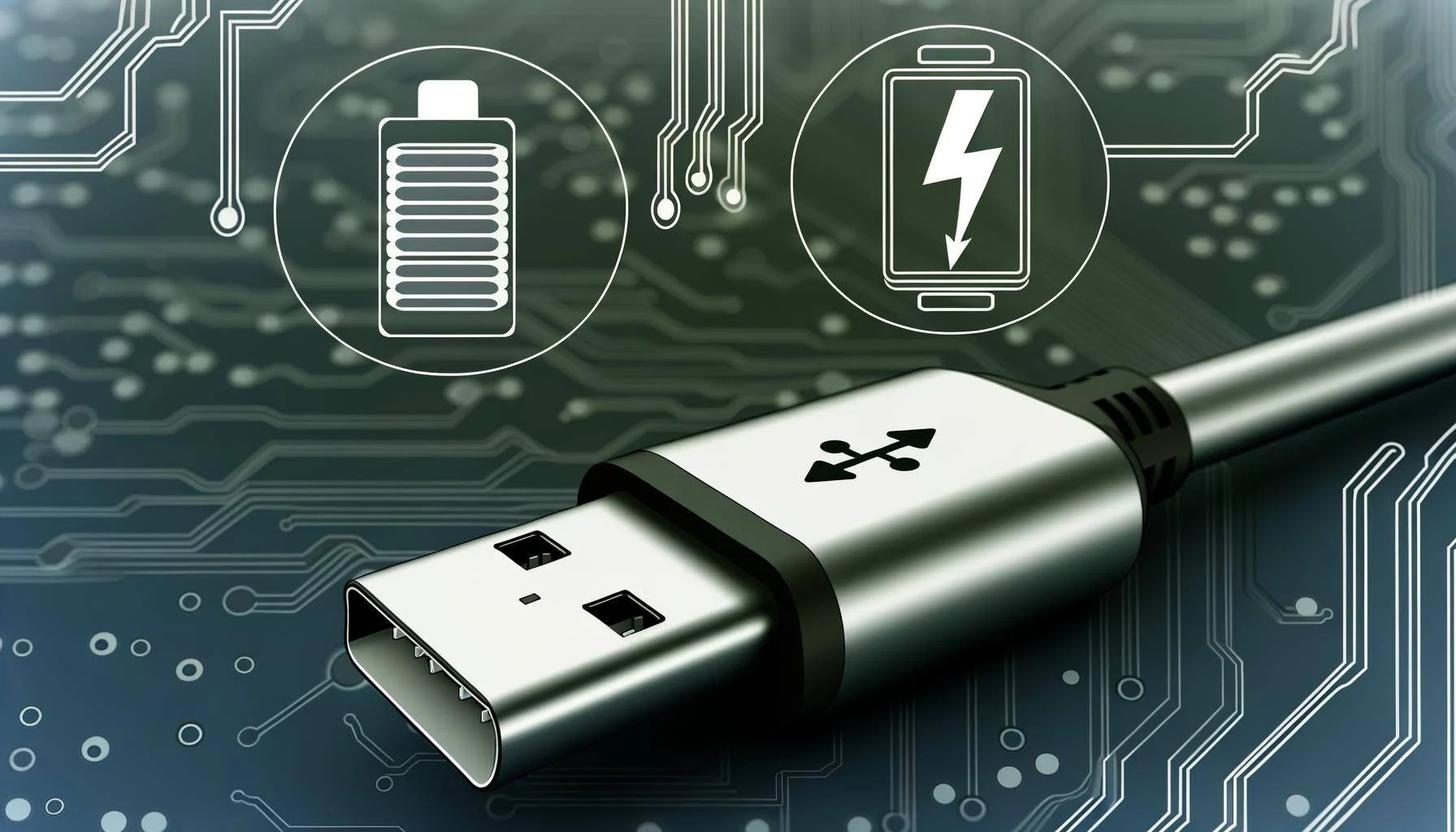Granite River Labs, GRL
Rajaraman Venkatachalam
Universal Serial Bus, commonly known as USB, was originally introduced in 1996 and has been continuously evolving ever since. A dominant standard in PC, mobile, and consumer electronics, USB started with the objective of standardizing personal computer connectors that had a data rate of 12Mbps. That threshold has since grown to a massive data rate of 40Gbps with USB4 – that’s a 3333 times data rate increase over a span of just 27 years! USB’s unparalleled ease of use, speed, power, and expandability have expanded its application way beyond personal computers to include a wide range of mobile and consumer electronics.
Simplifying and educating the end user about the features and benefits of a new technology has always been key to ensure relevance. During the introduction of SuperSpeed USB in 2007, the branding was the logical differentiator since data transfer rates were increased from 0.48Gbps on USB 2.0 to 5Gbps on USB 3.0. By 2022, however, consumers already have three versions of SuperSpeed USB and the USB4 to choose from. “SuperSpeed” simply does not have the same brand impact in today’s saturated market as it did before. In an effort to adapt to new market conditions, the USB Implementers Forum (USB-IF) announced new product packaging and logo guidelines to unify various connectors under a new USB brand umbrella and simplify things for consumers.
In line with USB’s branding change, unified markings will appear on all USB product packaging in place of logos to represent a given USB specification’s revision levels or underlying technology. For instance, USB 3.2 (SuperSpeed USB) or USB4®.
The new USB-IF branding standard
Performance and power capabilities for USB Type-C® products will vary widely depending on their design and application. The latest USB version may not always be the most suitable for a consumer’s particular use-case. Therefore, USB-IF wants to shift focus away from version numbers and onto USB versions that products are based on to emphasize what their devices can actually do. This move will allow consumers to make more informed decisions by removing long held misconceptions. For example, USB3.2 and its 5Gbps data rate may be more suitable for certain applications compared to the latest USB4 version, which is often assumed to be the best based on its version number.
Other changes include the newly released branding scheme for certified USB Type-C cables. Most cables will have to have both charging wattage and data transfer speeds listed. For example, a cable cannot just claim to be 40Gbps anymore; it will also have to list its power transfer capability, which can be either 60W or 240W. There won’t be any power level in between the cable can support to avoid any confusions to the consumers.
One exception to this rule would be the original High-Speed USB logos (USB 2.0). Version number USB 2.0, which maxes out at a now painfully slow 480Mbps, will continue to persist. The reason? If branded as "USB 480Mbps," customers might incorrectly assume that a device with a higher number represents faster speed while “USB 0.48Gpbs” does not make for good optics from a marketing standpoint.
USB data performance for host and devices
The USB4® and USB 3.2 specifications collectively identify four transfer rates – 40Gbps, 20Gbps, 10Gbps, and 5Gbps. All products must clearly communicate the performance signaling that a product delivers in the product’s packaging, advertising content, and any other marketing materials.

Figure 1: Packaging and logos for the new USB devices don't feature "SuperSpeed" or "USB4" branding. (Source: USB-IF)
USB Type-C cable
Maximum data rate and carrying power are specifications that matter the most for cable. Under the new USB-IF branding standard, these specifications are clearly displayed in logo markings for quick identification.

Figure 2: Cables that are certified will now have to show their wattage as well as their data transfer speed, unless they are using the older Hi-Speed standard. (Source: USB-IF)
While the new USB logos are designed to help consumers make informed choices, it should be noted that these new branding guidelines do not cover everything that a USB cable is capable of.
Overall, USB’s latest branding changes appear to be a positive step in the right direction in helping consumers read and understand the all important fine print.
Get your USB products tested and certified by GRL
Keeping up with the new USB logo guidelines can help companies and manufacturers communicate the capabilities and features of their products through clear representation of revision levels and underlying technologiesIn addition, compliance with the latest USB logo guidelines helps to maintain a brand’s market credibility, which can be critical for success and long term standing in a competitive industry.
For a reliable and efficient way to get your USB products tested and certified, look no further than GRL, an Independent Test Lab (ITL) authorized by USB-IF. With expertise in USB testing, including USB4®, USB 3.2, USB 2.0 & USB Power Delivery(PD), GRL is your trusted partner for ensuring your products meet the latest industry standards. Contact GRL today and to gain access to state-of-the-art testing facilities and experienced teams of professionals so you can bring your products to market with confidence.
References
- https://www.enablingusb.org/certification/
- USB Performance Logo Usage Guidelines
- USB Type-C® Cable Logo Usage Guidelines
Author
Rajaraman Venkatachalam
GRL's Executive Vice President of Protocol and Power Solutions
Raja spent over 14 years at Tektronix, Intel and Prodigy Technovations leading the development of automated testing solutions for high speed digital interfaces. Raja has deep experience in post-silicon validation methodologies and developing electrical and protocol compliance testing tools, and is an expert in HDMI, MHL, DisplayPort, UniPro, PCI Express, SD, I2C, SPI, UART, and MMC.



